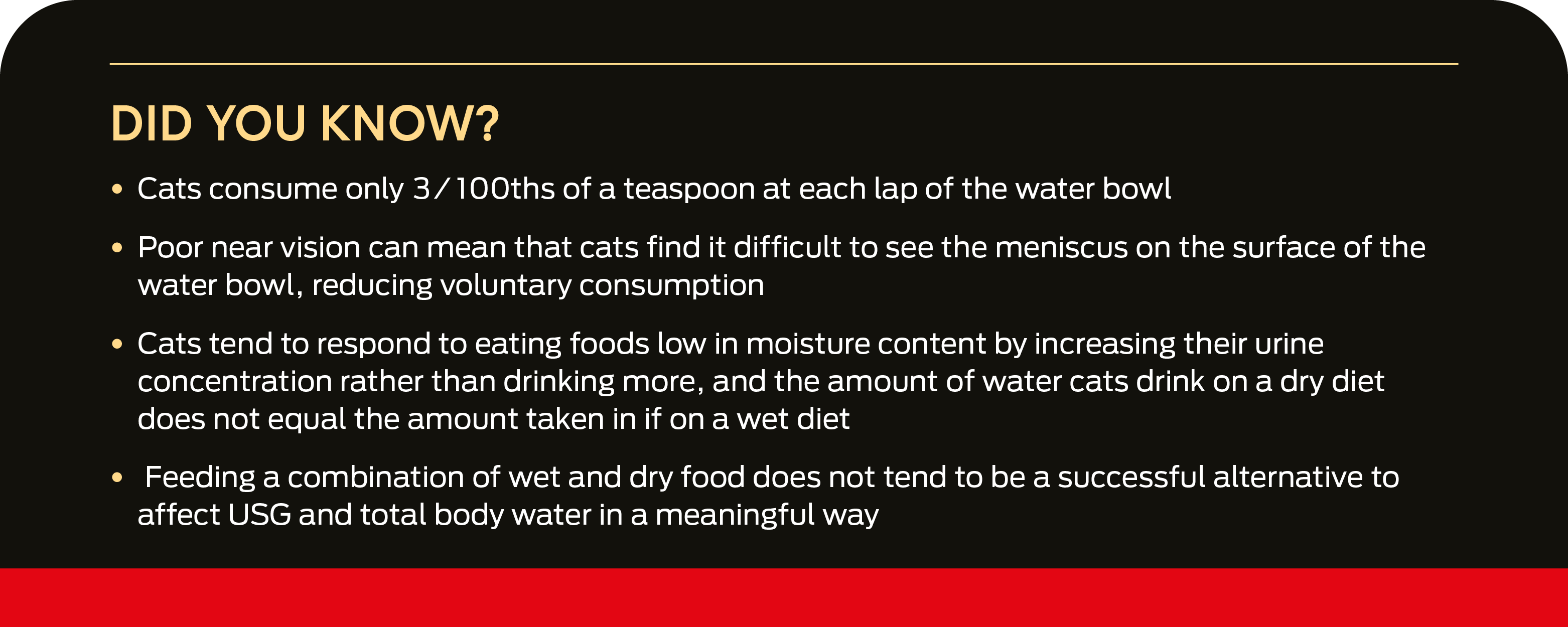
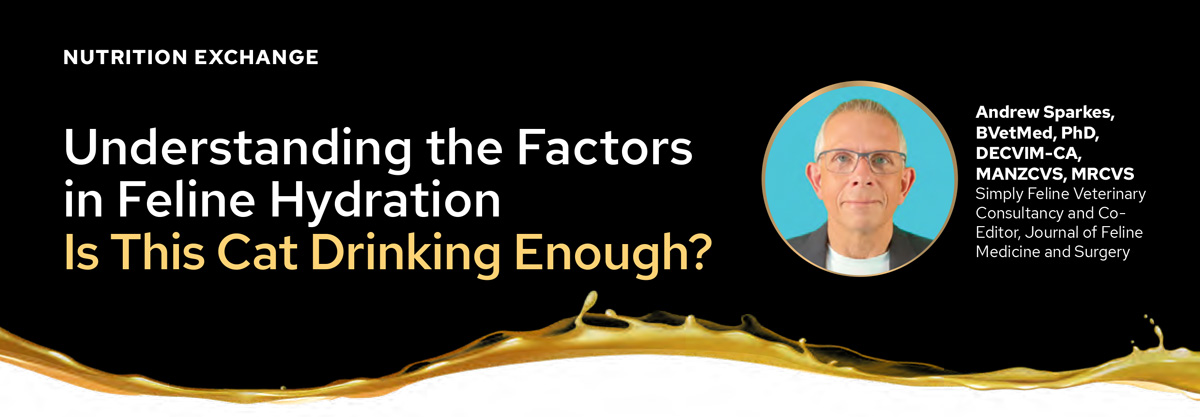
Why is feline hydration important?
In routine clinical situations, veterinarians need to become much more aware of the potential harm that can result from chronic dehydration in cats. When given appropriate access to food and water, a healthy cat can control his or her hydration state, whether fed a wet diet or a high-quality commercial dry diet.
However, hydration issues often arise as cats age, especially if there is an underlying condition that affects water loss and/or food and water intake. This can affect the development and progression of health conditions and quality of life.
Why are older cats prone to dehydration?
The homeostatic mechanisms that help control hydration status simply don’t work as well in older individuals. We know this is true in humans and we believe it is true in cats, too. Factors include:
- Changes may occur in thirst function. In older humans, the thirst drive is often blunted, leading to decreased fluid intake1.
- Lean body mass (LBM) decreases2. The total water content of LBM is higher than that of fat tissue. Loss of LBM, as is often seen with aging, thus reduces water reserves in cats, resulting in a lower total percentage of body water.
- The ability to concentrate urine may decrease1. In humans, this is recognised to reduce the ability to conserve water in the body.
- Age-related issues arise3. In cats, these include common conditions such as chronic kidney disease (CKD), hyperthyroidism and diabetes, which trigger an obligatory diuresis. The cat needs to continually replace what is lost in the urine but may be unable to do so. In the case of CKD, recurrent dehydration may even contribute to the development and progression of the condition. We need further studies to prove this link, but it’s possible that recurring dehydration directly damages the kidneys.
Feline lower urinary tract disease (FLUTD), generally more common in middle-aged cats, falls into a slightly different category. Cats with FLUTD may not be dehydrated, but they can benefit from additional fluid intake to help them produce a more dilute urine.
What strategies can help maintain good hydration in cats?
Cats probably cannot rehydrate quickly because of the way they lap water. Both dogs and cats curl their tongues backwards, but while dogs form a sort of scoop, cats only touch the surface of the water and “bite” from the water column that is formed. This is less efficient and results in lower water intake. Cats also have a fixed frequency of lapping that cannot be increased to raise their rate of water intake.
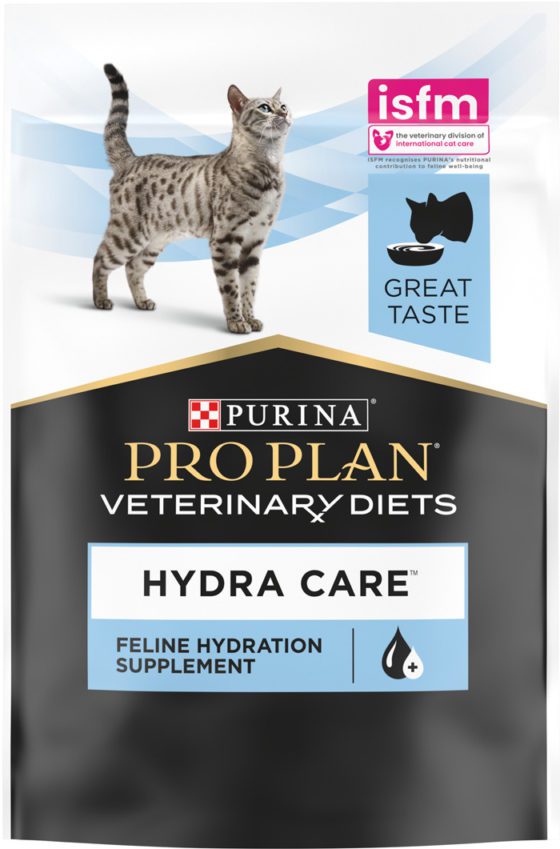
Nevertheless, two strategies can help maintain fluid intake in cats:
- Feed a wet diet, which typically contains 70% water or more.
- Give the cat a nutrient-enriched water like Purina® PRO PLAN® Hydra Care™.
Hydra Care is palatable, which encourages consumption, while osmolytes in the formula help drive water into cells. With this addition of a third bowl, together with their regular food and fresh water, cats have been shown to consume an average of 50% more liquid each day when compared to cats consuming only water in addition to dry feeding*.
Purina® PRO PLAN® Hydra Care™ was also shown to decrease urine specific gravity and osmolality 4,5,6.
What advice can veterinarians offer to clients to monitor hydration?
I’m excited about the future possibility of using technology to provide non-invasive hydration monitoring, whether it’s microchipping to monitor intake from a water bowl or a smart litter tray that tells the owner when their cat urinates or defecates as well as the volume and consistency of their faeces. This information may help guide a number of recommendations from the veterinarian.
Cat owners should be educated about the need to provide fresh, clean water and monitor consumption and urine output. Encouraging young cats to eat different foods, flavours and textures can help set the stage for a later point in life if they need to switch to a wet food or a veterinary-prescribed diet. Finally, owners should recognise that cats are individuals and observe them to understand their drinking preferences.
* Compared to cats consuming only water in addition to dry feeding. Cats must consume at least 25 ml/kg of bodyweight daily for benefit4.
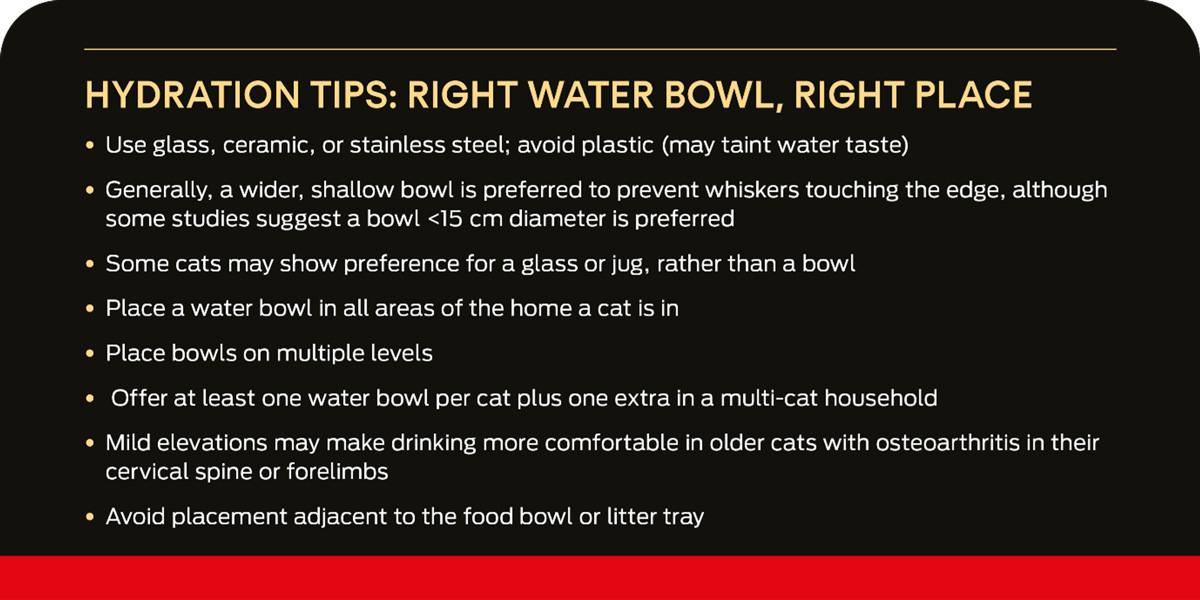
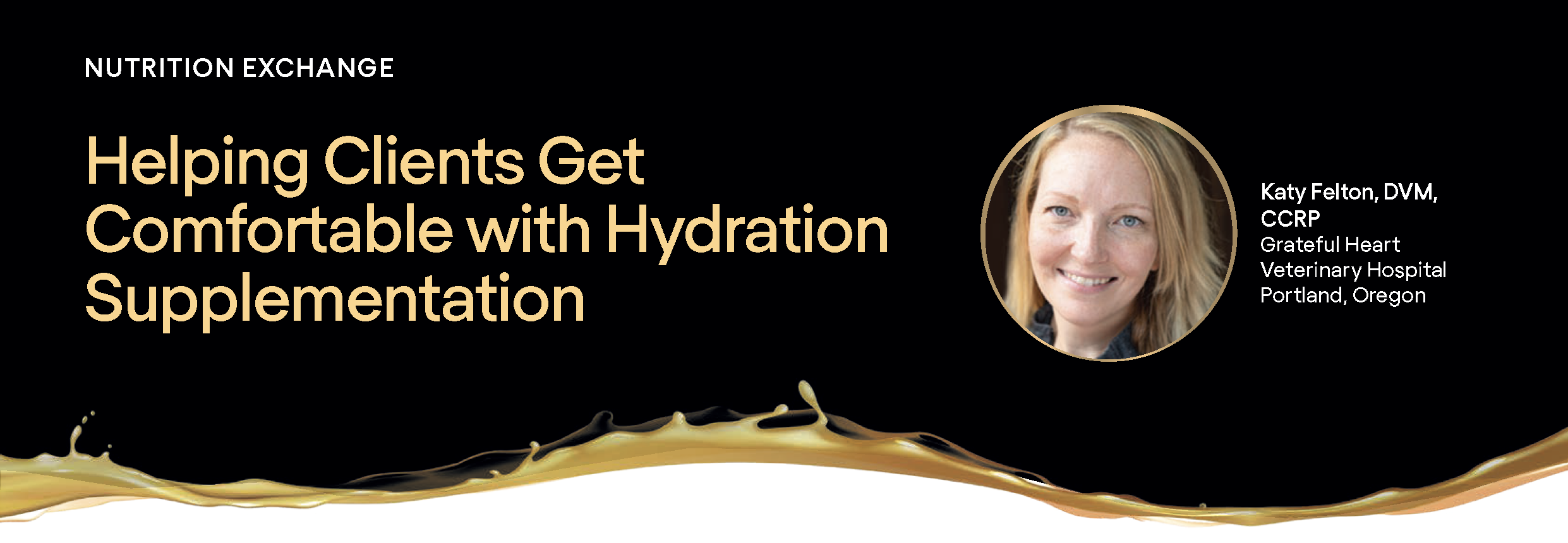
A hydration supplementation can play an important role in helping maintain water intake, particularly in older cats. Katy Felton DVM, CCRP, Grateful Heart, Veterinary Hospital, Portland, Oregon describes her experience of feeding her own cat Purina® PRO PLAN® Hydra Care™.
I have a 16 ½-year-old cat with hypertrophic cardiomyopathy and diabetes. A cardiologist told me two years ago that my cat had just four months to live, so he has definitely outlived the prognosis. He is on a number of medications, including diuretics to keep him out of heart failure. Not surprisingly, these medications have led him to be mildly dehydrated and constipated.
When I learned about Hydra Care, I decided to let my cat try it. When I opened the first packet and gave it to him during his evening meal, he quickly lapped up the entire bowl. The next day I checked his litter boxes (he is a pampered cat with mobility problems, so he has three) and was surprised to see a big, healthy stool in each one. I knew then he had been more constipated than I realised. And he clearly felt great that following day.
It is meaningful to owners when I can speak about my own pet’s experiences. This story has really helped me explain Hydra Care to my clients.
Ready to hear more?
Check out Purina’s Bitesized Nutrition Podcasts:
Feline hydration podcast
Purina Veterinary Nurse Development Manager Laura Hughes RVN C&G, Cert SAN, talks about how to improve the hydration status of cats and maintain optimum water intake.
The management of renal disease
Purina Veterinary Nurse Development Manager Laura Hughes RVN C&G, Cert SAN, discusses the management of renal disease, common in older cats.
Management of feline CKD
Vet Fi Farmer and Ellie Groves, Purina Veterinary Technical Manager for the UK and Ireland, discuss chronic kidney disease in cats – a comprehensive review of everything from IRIS staging to nutritional management strategies, and tips to improve intake of food and water.
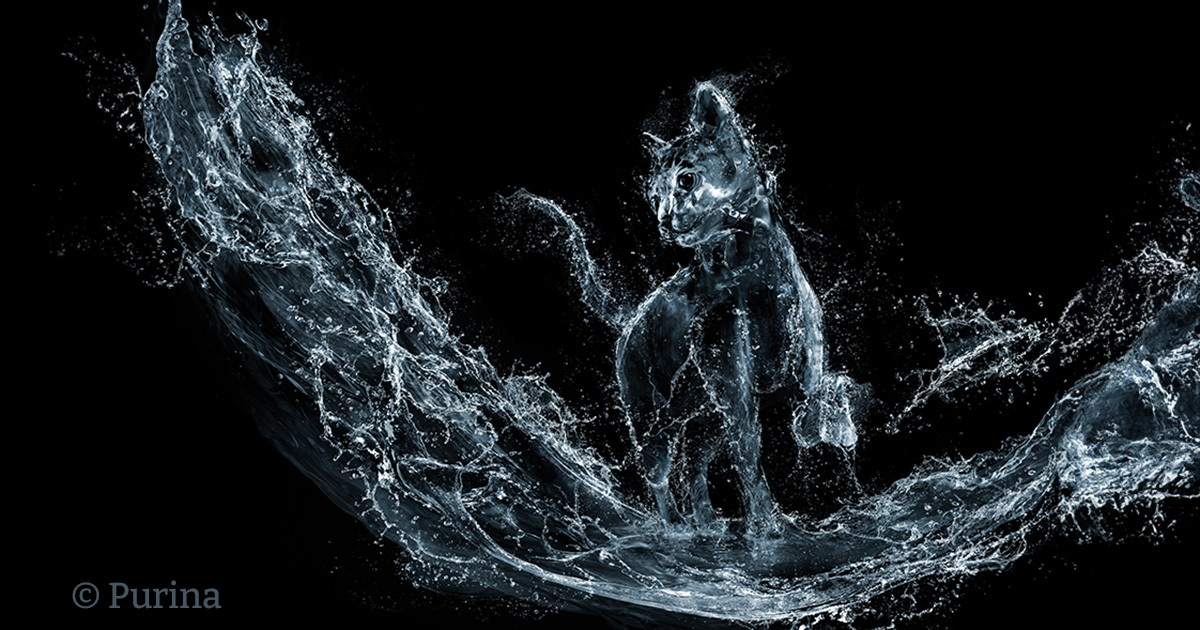
Leave a Reply